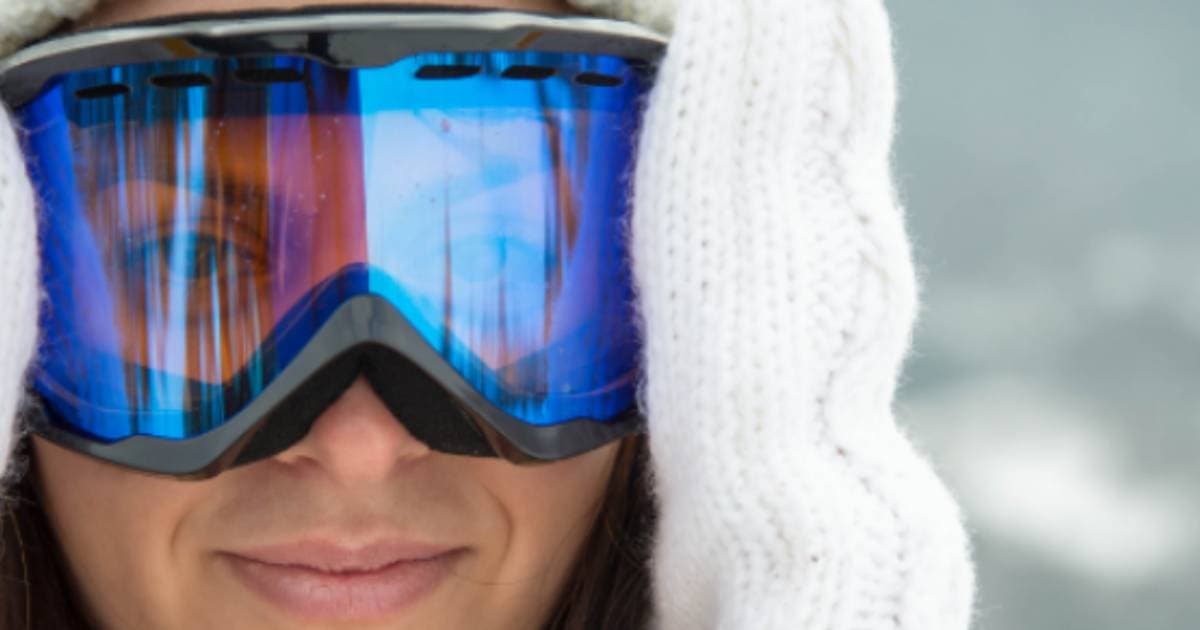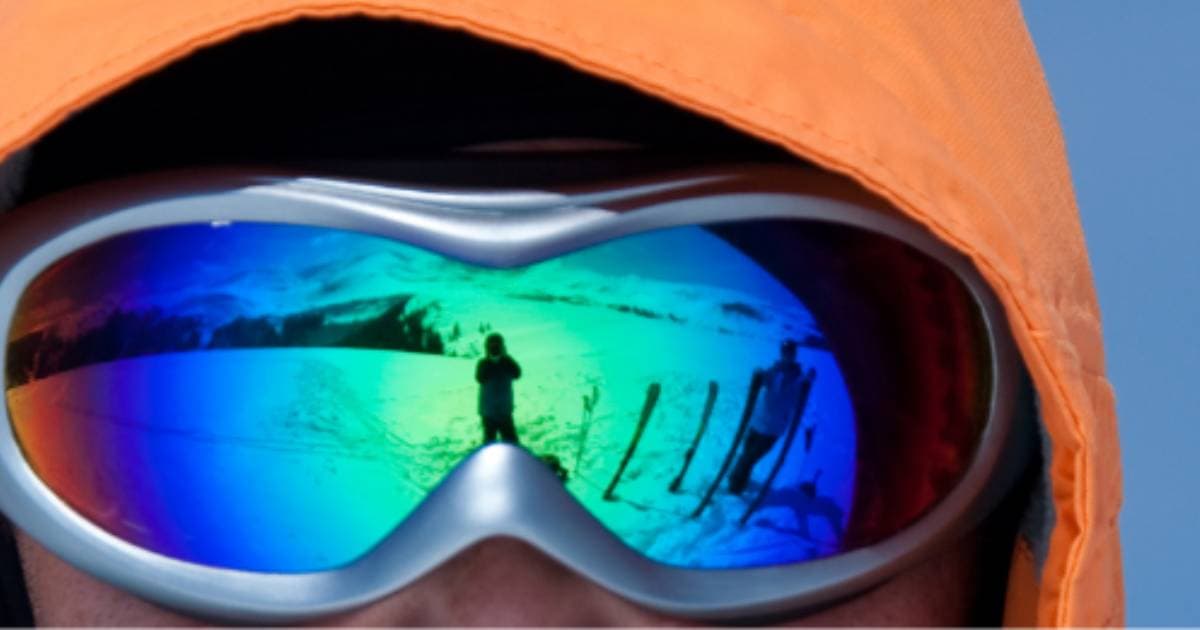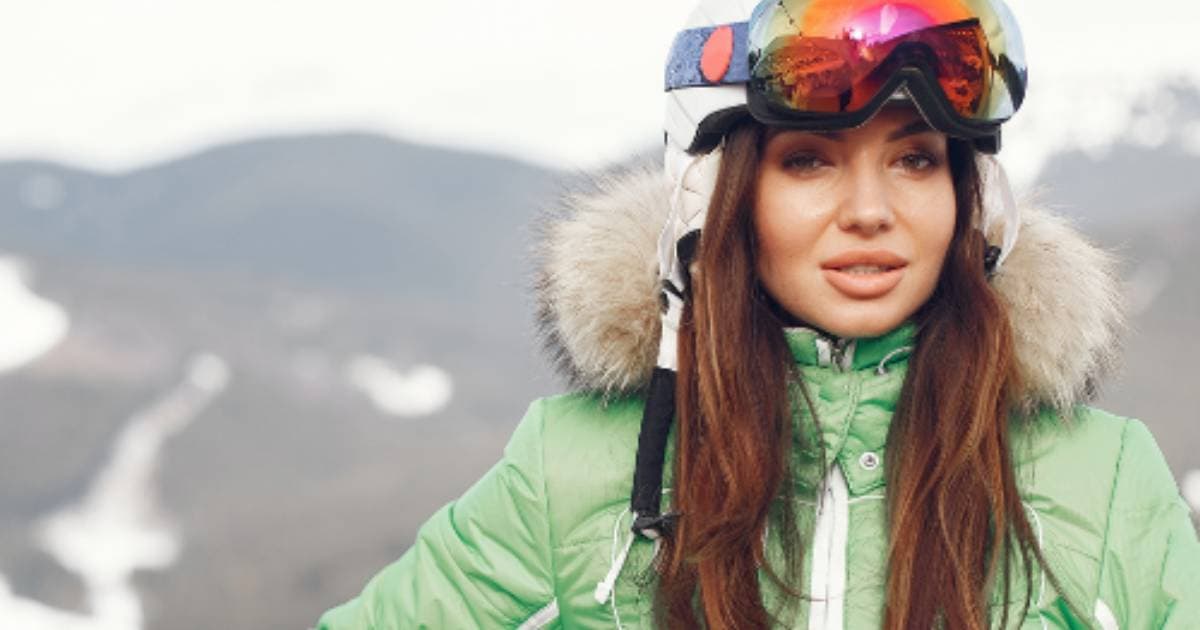Skiing for people with glasses

How can I comfortably ski with glasses? We have collected the information for you.
Many ask us: "how can I comfortably ski with glasses?" We have collected the options and information for you.
1. Skiing with Glasses
Many simply hit the slopes with glasses. Glasses provide excellent protection against flying or swirling snow. Anyone who has experienced skiing in such conditions, with wind or snow being thrown up by other skiers, knows how great it is to wear glasses at such times!
For those who would choose this method, it is worth considering the following:
- Is this the best method among the listed methods, or is it worth considering others?
- It's not worth risking the breakage of expensive glasses. It's better to take cheap glasses to the slopes.
- Always have a spare pair of glasses with you while skiing. While sunglasses or ski goggles are usually available for purchase at ski resorts, replacing prescription glasses is likely to be a complicated and expensive affair.
- The glasses solution is not suitable for heavy snowstorms, strong winds, or rain because they can get "wet" on the sides and thus restrict our vision.
- Glasses also do not protect against the strong sunlight and UV radiation typical on ski slopes.
- Glasses fog up. The best way to prevent this is to use an anti-fog spray.
- Always carry a glasses case and a microfiber cloth with you to ensure that your glasses (and eyes) survive the vacation in good health.
2. Skiing with Glasses and Ski Goggles

Almost every major manufacturer now has ski goggles that can be worn over glasses. This way, your glasses receive protection against falls, UV rays, and dense snow.
For those who would choose this method, it is worth considering the following:
- The size, shape, and arms of the glasses may limit whether the ski goggles truly fit. Always try on the ski goggles with the glasses you intend to wear for skiing.
- This can cause your glasses to fog up more, which can be extremely uncomfortable. To prevent this, always put on both your glasses and ski goggles in a dry, warm place. (Excellent places for this are the toilet or the buffet, restaurant in the hut. If either glasses are not dry, let them dry. Optionally, they can be dried with a hand dryer or heater, but be careful not to burn them. Another quick solution for drying glasses is a microfiber cloth that fits in a small space. When on the ski slope, do not take off and put back on your ski goggles repeatedly, but keep them on continuously to avoid fogging.
- You can also use anti-fog spray if needed.
3. Skiing with Glasses and Clip-On Protectors
The "clip-on" is an accessory that can be clipped onto regular glasses (essentially turning them into sunglasses). It's useful to know that:
- The clip-on is by far the cheapest way to have "prescription sunglasses."
- This method also carries the disadvantages of skiing with glasses.
- The major brands make clip-ons for their glasses that perfectly match the shape of the glasses and their clipping options.
- eOpticians also sells "universal clip-ons" that are suitable for many types of glasses. Check out our clip-on selection..
4. Skiing with Contact Lenses and Ski Goggles
Many glasses wearers switch to contact lenses while skiing. It is advisable to wear ski goggles or sunglasses to protect against wind, snow, and UV radiation. When doing this, pay attention to the following:
When playing sports, it's best to use daily contact lenses, as they are more hygienic and in case of problems, it's not a big loss to throw away the damaged lens.
- Always carry several lenses, contact lens solution as needed, and a spare pair of glasses with you to avoid getting into trouble.
- It's useful to use a separate pouch for the contact lenses, thus protecting them from dirt. For short trips, you can take a small travel kit with you.
- If you are a beginner or not a frequent contact lens user, pay attention and avoid the typical mistakes of occasional lens users.
- There are also contact lenses with UV protection. However, their level of protection is not suitable for protecting your eyes from the extreme UV radiation on ski slopes.
5. Skiing with Contact Lenses and Sunglasses

You can also use contact lenses with sunglasses. In this case, it is advisable to pay attention to the points described in point 4. In addition to these, also pay attention to what kind of sunglasses you ski in. The ideal sunglasses:
- Skiing suitable sunglasses protect your face from blowing snow or rain from the side. Sports sunglasses or glacier sunglasses are specifically designed for this.
- They are of guaranteed good quality and provide adequate protection against frequent extreme UV radiation during skiing (look for sunglasses with filter category 3, UV 400 rating). Poor quality sunglasses can be harmful to your eyes by dilating your pupils without protecting you from the UV rays that easily enter.
- Polarized, meaning they reduce glare and thus prevent you from being blinded or squinting while skiing downhill.
6. Skiing with Prescription Sunglasses
You can also get prescription sunglasses made. In this case, it is worth paying attention to the following:
- If they get damaged, they lose both of their protective functions. Always carry a spare pair of glasses with you because while you can buy sunglasses or ski goggles at ski resorts, replacing prescription glasses is likely to be more expensive and complicated.
- eOpticians does not recommend skiing in photochromic lenses: this solution is not suitable for replacing sunglasses. The photochromic lens dilates your pupils in the presence of light, but the lens does not protect against UV radiation, so your eyes are even more exposed to the harmful effects of UV radiation.
It is also worth mentioning that:
Your eyes may dry out while skiing. (How?! Just as we get thirsty and our eyes can dry out while bathing in the sea.) Dry eyes indicate a lack of the natural lubricating material, tears. Above a certain age, this can be a common experience even without skiing. This is why many people buy artificial tears (eye drops) for such situations. For extreme dry eyes, bring eye drops for extreme dryness. A 10 ml eye drop bottle usually lasts for a week.
Be careful on the way home. Most vacation car accidents happen due to fatigue, and they occur in places where "we're almost home." Above all, rest well, get enough sleep, and don't leave the driving too late. Finally, try to have someone with you who can help you stay awake. :)
